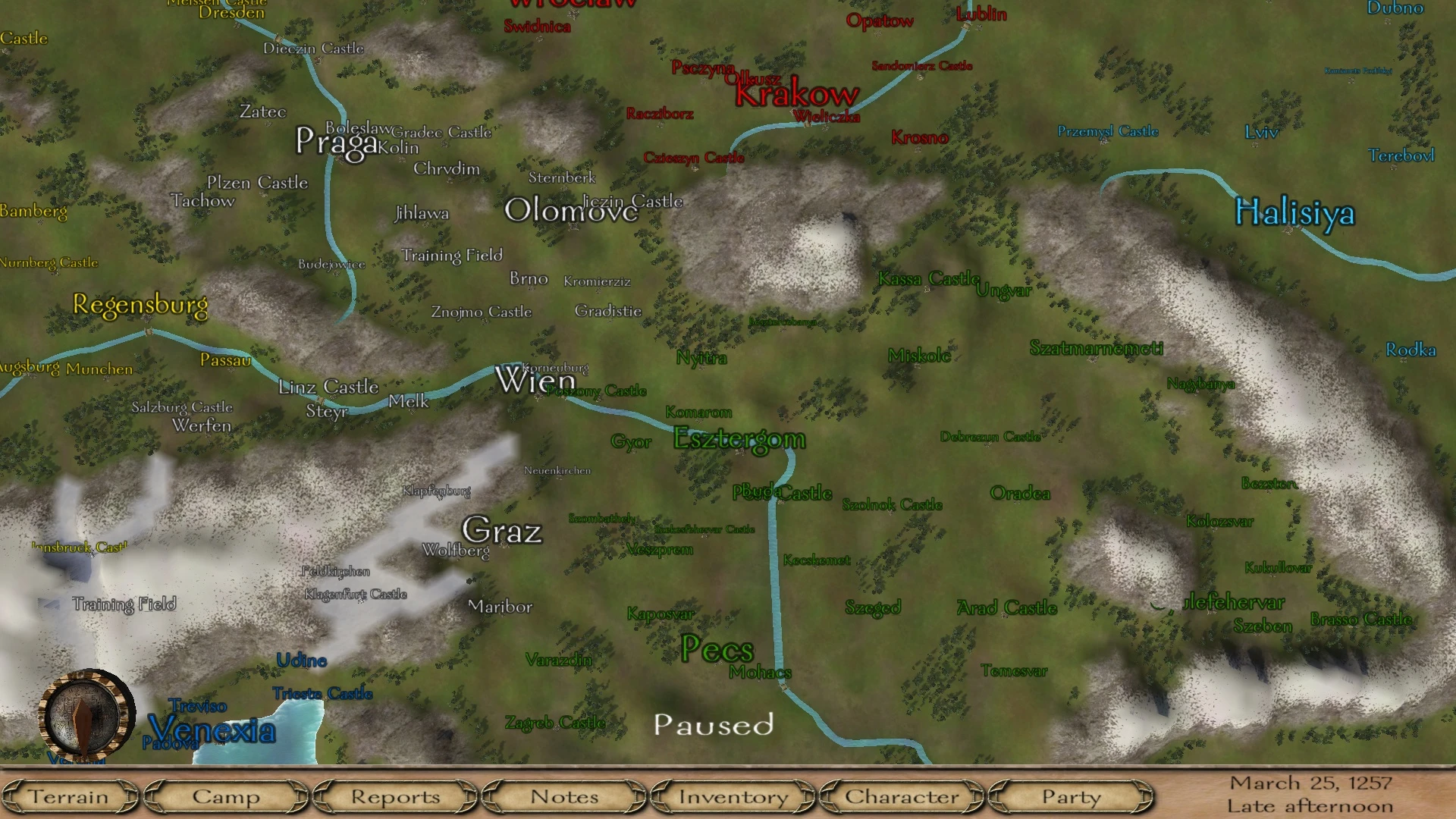


At one point the town switched alliances and allowed the Nazis to occupy it but this was planned out with the Partisans because they then surprised the Nazis by jointly attacking them with the Partisans. World War II and socialist Yugoslavia ĭuring World War II the region of Velika Kladuša fought on the side of the Yugoslav Partisans. Nevertheless, it developed with the opening of schools, the introduction of land register books, and a mosque and a catholic church were built. At the start of the occupation of Bosnia and Herzegovina by the Austro-Hungarian Empire in 1878, Velika Kladuša along with others in the region, put up the biggest resistance in the region. Velika Kladuša would later become the center of Ottoman expansion into neighboring Croatia as well as the rest of Europe. After the Ottoman conquest, Islamization of the hitherto Christian region began and much of the local population converted to Islam. The town was finally captured in 1633 by the Ottoman Empire. Īround 1464 the Ottoman Empire was expanding towards this region. Towards the end of the 13th century up to 1464, Velika Kladuša was controlled by Croatian noble families of Babonić, Frankopan, Šubić and Tuz de Lak. During the era of Byzantine Empire it is assumed that the population of the town started to slowly grow. Velika Kladuša was first mentioned by name on Octo(date on its shield) by the name Cladosa under the rule of King Ladislaus IV of Hungary. As of 2013, it has a population of 40,419 inhabitants. It is situated in the far northwest of Bosnia and Herzegovina, located near the border with Croatia. "Great Kladuša") is a town and municipality located in Una-Sana Canton of the Federation of Bosnia and Herzegovina, an entity of Bosnia and Herzegovina. Velika Kladuša ( Serbian Cyrillic: Велика Кладуша, pronounced lit.


 0 kommentar(er)
0 kommentar(er)
